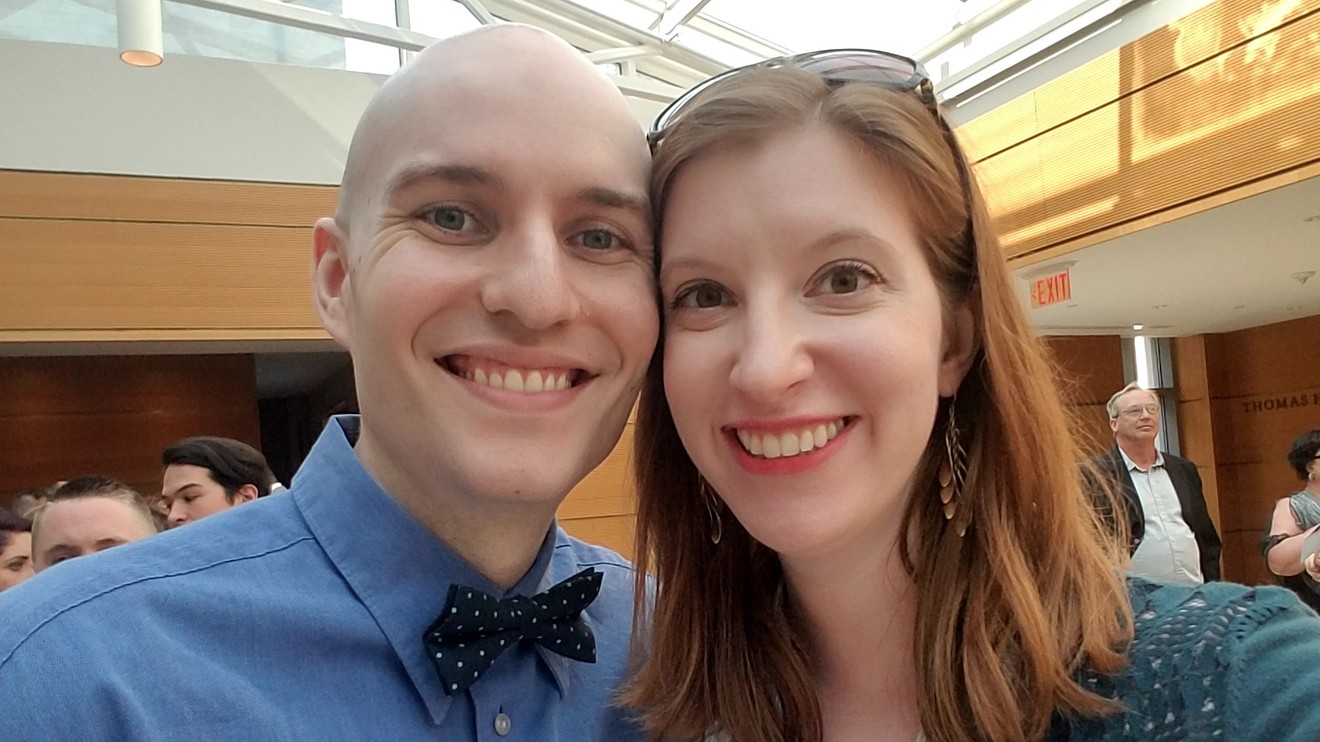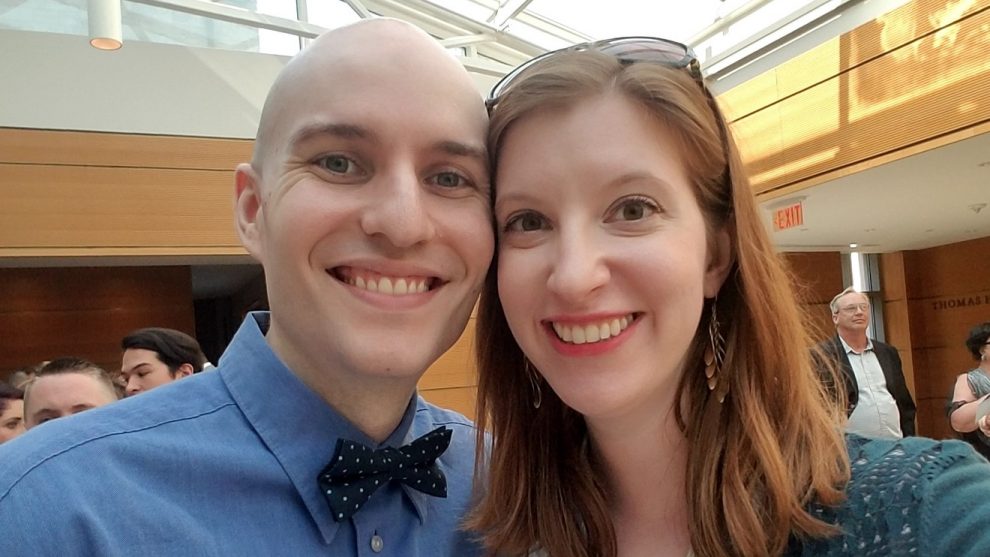
At the age of 30, Emily Rogers is finally able to start building savings now that she no longer has the weight of $10,000 in credit-card debt on her shoulders.
It only took two personal loans and a massive reconsideration of her spending habits to get there.
For Rogers, who lives in Seattle and works in fundraising for a private Christian liberal arts college, that debt was a source of shame for a long time.
Rogers began accruing the debt while she was in college, but the money habits that drove her into the debt hole started when she was a teenager. Growing up, shopping at the mall became Rogers’ go-to activity when hanging out with friends.
‘I just spent what I had, and what I didn’t have I would put it on my credit card.’
And while she had a part-time job in college, she didn’t earn enough money to make up for the spending habits she developed at a young age.
“I just spent what I had, and what I didn’t have I would put it on my credit card,” Rogers said.
“All of those purchases added up way faster than I was thinking they would,” she added. Rogers said she even resorted to hiding credit cards in a drawer to keep herself from spending.
Rogers is far from the only person to have used this debt-consolidation strategy with success. At the end of 2018, nearly 11% of adults in the U.S. held a personal loan, according to data from Experian. EXPN, -0.55%. The number of personal loans has risen 42% since 2015, making them the fastest-growing category of debt in the country.
Around 61% of personal loans are used for debt consolidation, said Ezra Becker, senior vice president of research and consulting at TransUnion TRU, -1.94%.
Personal loans to consolidate their credit-card debt are less likely to go into default, he added. After 12 months, only 1.8% of those who opened a personal loan for consolidating bank-card debt were delinquent, as opposed to 3.8% of those who did not take out a personal loan.
But as the initial setback Rogers experienced with her first personal loan illustrates, this strategy can become a double-edged sword for people who don’t marry the personal loan with an overall realignment of their spending habits.
Taking out a personal loan didn’t pay off at first
Fast forward a few years, and Rogers found herself as a recent college graduate with approximately $10,000 in debt and a low-paying job. “I was trying to stay above water to make my payments each month,” she said. “I was ashamed and felt guilt racking up all that debt. I didn’t ask friends or family for help.”
‘I was ashamed and felt guilt racking up all that debt. I didn’t ask friends or family for help.’
She initially tried to pay off one of her multiple credit cards using a small personal loan she had received from Prosper, an online lender. Rogers by this point was using between five and seven credit cards, with the annual percentage rates on them ranging between 18% and 25%.
Rogers was drawn to the personal loan as a way of paying off the card and securing a lower interest rate. But soon after getting the loan from Prosper, she found herself with a growing balance on that card yet again.
Read more: Meet the lawyer who had $38,000 in student debt forgiven — he’s one of just 5% of people who did it
“I got the funds, and then I just started recharging and didn’t fix the problem,” she said.
A while after this initial setback, Rogers resumed researching ways to pay off her debt when she got a new, higher-paying job. She ultimately chose to take out another personal loan, this time from Upstart, another online lender. With this go-around, Rogers got a loan large enough to pay off all her credit cards, not just one.
Once the balances were paid, Rogers closed all but two of her cards. Having one monthly payment, rather than managing multiple payments, made paying off the debt feel more manageable, Rogers said.
People who take out personal loans to consolidate credit-card debt are less likely to go into default, studies show.
Moreover, seeing the total sum of her debt whenever she logged into her Upstart account helped her to come to terms with the financial habits that drove her to this situation in the first place. “I saw my propensity for spending, and it was a deeper problem,” Rogers said.
It took her roughly three years from when she got the Upstart loan in 2015 to pay off that debt. Today, she only has two credit cards and she never keeps a balance on them.
She’s also worked with her husband to become more frugal. Ultimately, Rogers credits the personal loan she took out with providing her with newfound financial freedom.
“For disciplined borrowers who can stick to a plan for managing their spending, they can be beneficial,” said Cris deRitis, deputy chief economist at Moody’s Analytics MCO, -0.24%. “However for some borrowers the loans may actually put them in worse financial position if they continue to run up credit card balances after the consolidation.”









